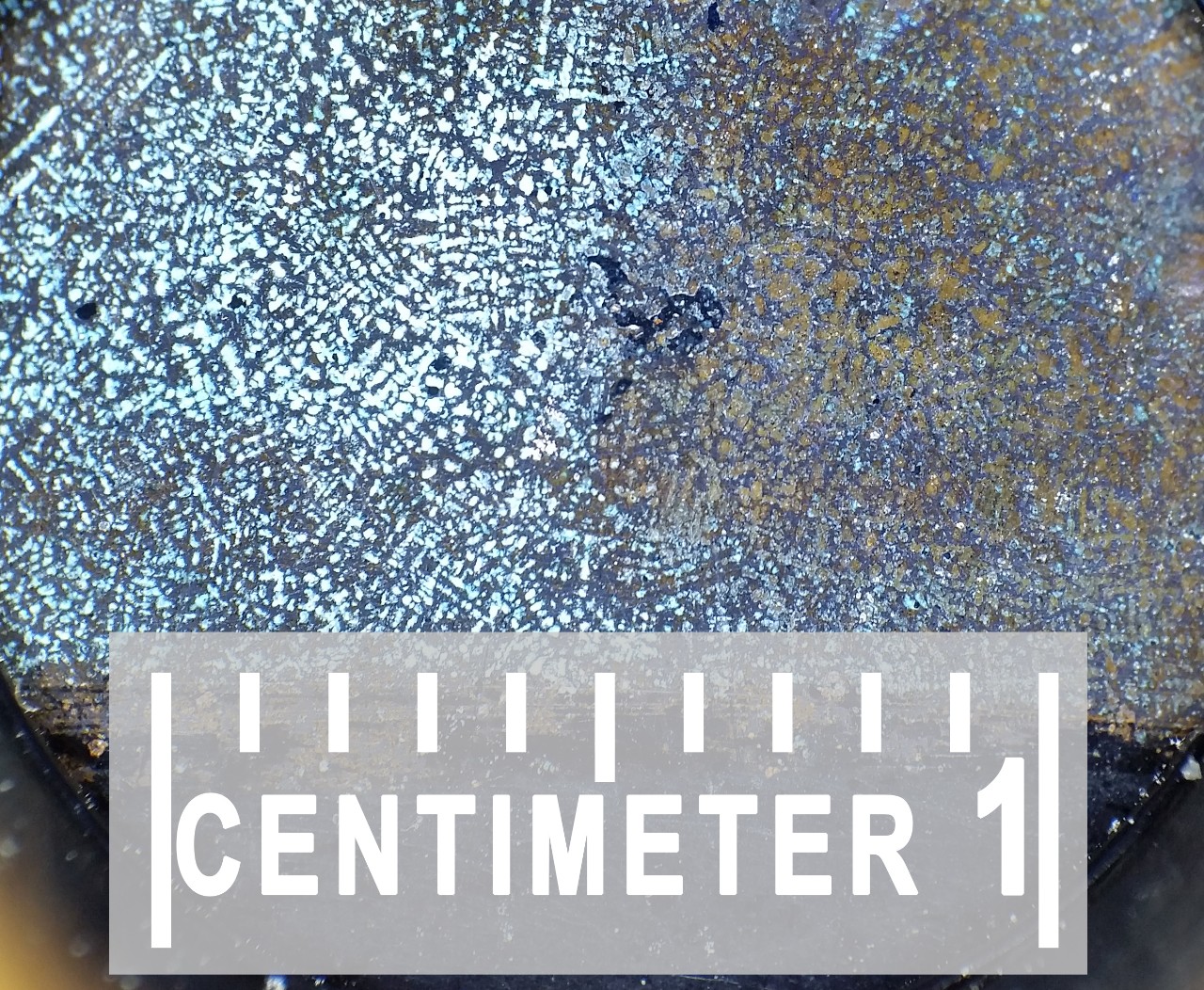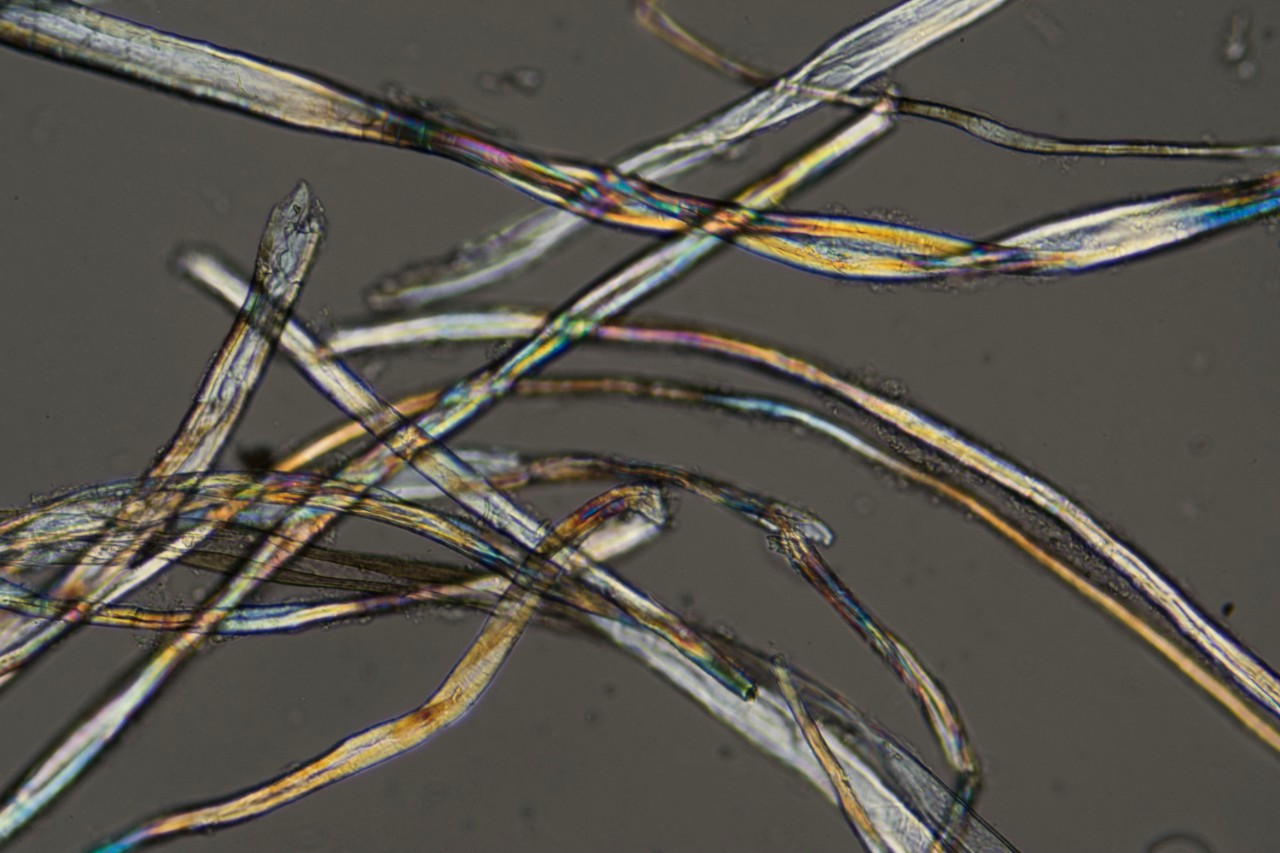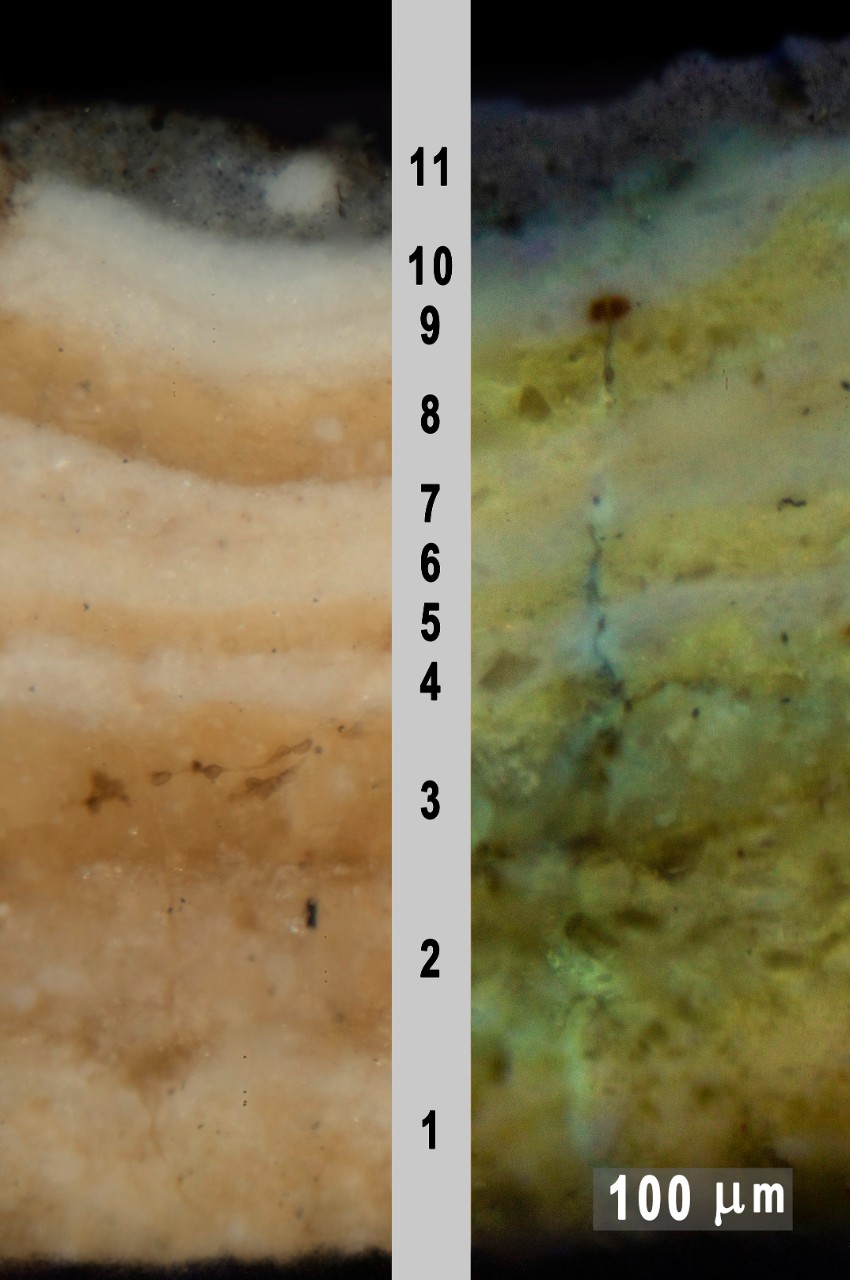- Expand navigation for Art Art
- Expand navigation for Exhibits Exhibits
- Expand navigation for Artists Artists
- CDR Monica Allen Perin, USNR (RET)
- Carlos Andreson
- Standish Backus
- Griffith Baily Coale
- McClelland Barclay
- Kristopher Battles
- Lawrence Beall-Smith
- Robert Benney
- William Franklin Draper
- Kerr Eby
- Anton Otto Fischer
- Robert Charles Haun
- Joseph Hirsch
- Irwin Hoffman
- Mitchell Jamieson
- Julian Levi
- Edward McKnight Kauffer
- John Charles Roach
- Alexander Russo
- Otto Soglow
- Morgan Ian Wilbur
- Expand navigation for Traveling Exhibits Traveling Exhibits
- Expand navigation for Artifacts Artifacts
- Expand navigation for Ship Artifacts Ship Artifacts
- Expand navigation for Ashore Ashore
- Expand navigation for Weapons, Arms and Ordnance Weapons, Arms and Ordnance
- Expand navigation for Navigation Instruments Navigation Instruments
- Expand navigation for Signal, Radio, and Communications Signal, Radio, and Communications
- Expand navigation for Uniforms, Medals, and Personal Equipment Uniforms, Medals, and Personal Equipment
- Expand navigation for Ephemera Ephemera
- Expand navigation for Artifacts by period Artifacts by period
- Expand navigation for People People
- Expand navigation for R & R R & R
- Expand navigation for Models Models
- Underwater Artifacts
- Expand navigation for Exhibits Exhibits
- Cannons in Leutze Park
- Early Diplomatic Relations with Japan
- US Navy and the Olympic Experience
- USN Railway Batteries in World War I
- SS Mongolia and World War I
- Half-Hull Model Display
- Karl Goetz Medals
- Uniform, Navy Nurse Corps, World War I
- Artifacts from U-505
- Artifacts Related to the Battle of Midway
- Artifacts Related to D-Day
- Artifacts Related to the Battle of Leyte Gulf
- Artifacts Related to the Battle of Iwo Jima
- Artifacts Related to V-J Day
- Space Exploration
- Naval Academy Artifacts
- Artifacts from USS Cole (DDG-67)
- 9/11 Terrorist Attacks
- May the Fourth: The Small Arms of Star Wars
- Expand navigation for About Curator Branch About Curator Branch
- Expand navigation for Photography Photography
- Expand navigation for Conservation Conservation
- Exhibits
- Photograph
- Image (gif, jpg, tiff)
- NHHC
Applied Research

A magnification of the USS Utah bell during conservation treatment shows the results of micro-abrasive blasting on the right side vs. untreated surface on the left side of the image. CO’s conservators tested a number of treatment options to find one that removed corrosion without stripping the natural patina and wear of the bell from USS Utah’s sea service, including World War I, a decade as a target ship, and notably, several years underwater after capsizing during the attack on Pearl Harbor.
Our conservators analyze and research artifacts in the collection to identify their unique composition and to tailor conservation treatments to each object, including the selection of appropriate methods and requisite chemicals.
During this process we sometimes find materials or corrosion products that resist identification or straightforward conservation treatments.
Areas of research include:
- Bell metals (copper and ferrous alloys)
- Textile dyes
- Analytical Capabilities:
- Polarized Light Microscopy (PLM)
- X-ray Fluorescence Spectroscopy (XRF)
- Scanning Electron Microscopy (SEM)
- Fourier Transform Infrared Spectroscopy (FTIR)
- Raman Spectroscopy
- Multiband Imaging

The polarized light microscope displays a sample of cotton fibers from Admiral of the Navy George Dewey’s dress blue tailcoat lining.

A magnified cross-section of a paint chip sample from the Saginaw gig shows eleven layers of paint under visible light (left side) and ultraviolet (right side) light.
Footnotes
- Accessibility/Section 508 |
- Employee Login |
- FOIA |
- NHHC IG |
- Privacy |
- Webmaster |
- Navy.mil |
- Navy Recruiting |
- Careers |
- USA.gov |
- USA Jobs
- No Fear Act |
- Site Map |
- This is an official U.S. Navy web site


